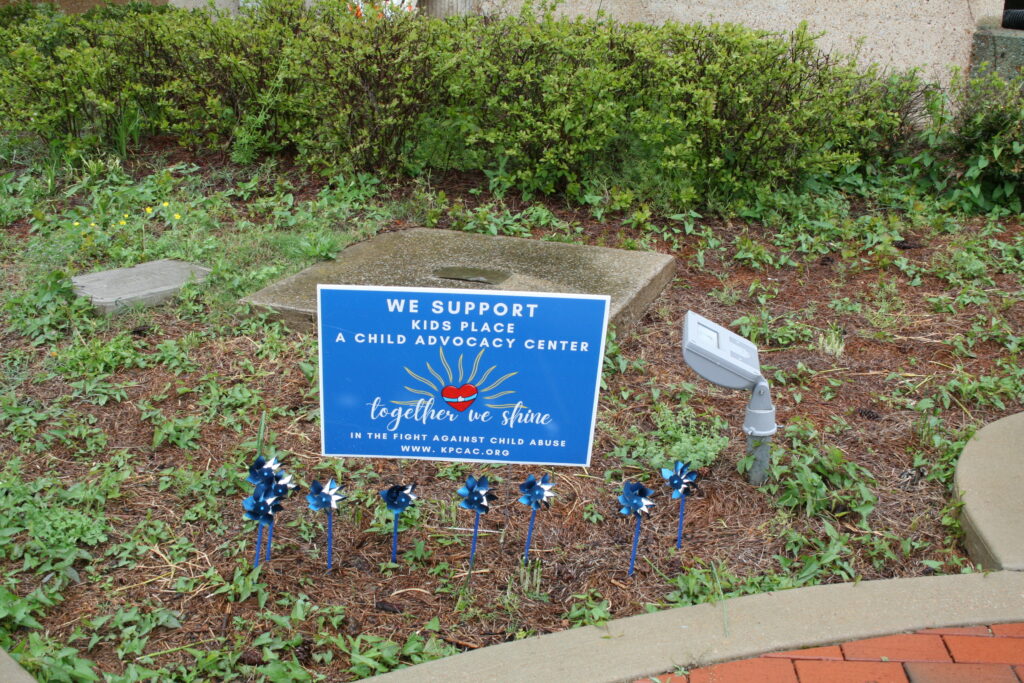Many of our landscape plants have just recently begun to show signs of damage from the extended cold weather we experienced in February. The foliage may be brown or the leaves may be dropping, leaving the branches bare. It could even look dead or “diseased,” but that may not be the case.
So how can you tell if plant is, in fact, dead, diseased, or just showing signs of winter burn?
First, check the stems!
Dead stems and twigs will be brittle and warmer to the touch. Healthy, live stems are cool and pliable. You can lightly scratch the bark to reveal the cambium layer which is just under the bark. Green is good. Be careful not to scratch too deep with your nail or sharp instrument.
If you find some of the stems did die back, meaning there is no green cambium below the bark layer, you can cut back the stem a little at a time until you find green. Stop there. The shrub can start there with new growth.
If you find brown all the way down to the base of the plant, you may still have a viable plant. Well established, hardy plants, such as gardenias and crapemyrtles, can often times come back from the roots given their established root systems. They’ve stored carbohydrates for such a time as this! In these situations, you may want to hold off on removing the plant until after it is given the chance to come back from the roots.
Blight can sometimes be mistaken for winter burn in boxwoods or pachysandra (aka Japanese Spurge).
Pay particular attention to these plants for signs of disease. When these plants are stressed, it makes them more susceptible to pathogens. If you notice browning or defoliation of the leaves at the “snow line” (where the snow or ice would have been in contact with the plan, typically at the top), you likely just have winter burn, but further investigation to rule out blight is recommended.
Blight causes browning and defoliation that typically begins at the base of the plant. Other key characteristics of boxwood blight include: dark or light brown circular spots with darker borders on the leaves quickly followed by defoliation and elongated brown or black streak-like lesions on the stems. You may also notice signs of Volutella blight (aka stem canker or leaf blight), which attacks stems and leaves of damaged or stressed plants. Symptoms of Volutella blight on Boxwoods include: delayed growth, stem cankers, yellow or straw-colored leaves, easily peeled bark, and pinkish spores under wet conditions. On Pachysandra, Volutella blight looks a slightly different. If you notice irregular brown spots with dark margins on the leaves, often with concentric rings, and/or brown or black cankers which girdle the stems, causing it to wilt or die, then you are dealing with Volutella Blight.
It can be challenging to differentiate winter burn from disease in some cases. If you need assistance, I am happy to help! Call our office or e-mail me directly at [email protected].
Reminder: 5-Gallon Bucket Garden Giveaway will be May 3rd!
We will be giving away 30 kits from 9am – 4:30pm at our office. These will be first come, first serve. One kit per household, no holds. The kits include: One 5 gallon bucket, your choice of seeds (carrots, bush beans, cucumbers, or leafy lettuce), Promix potting mix, Osmocote fertilizer, and printed materials. The buckets were sponsored in large part by Ace Hardware. Some of the potting mix was donated by Wayne Farmer’s Co-Op. We are grateful for our partners supporting our gardeners!
Photo Credits: Image 1, Distylium—Megan Harris, ANR Agent; Image 2, Boxwood blight—UT Pub. W816 “Boxwood Blight”







